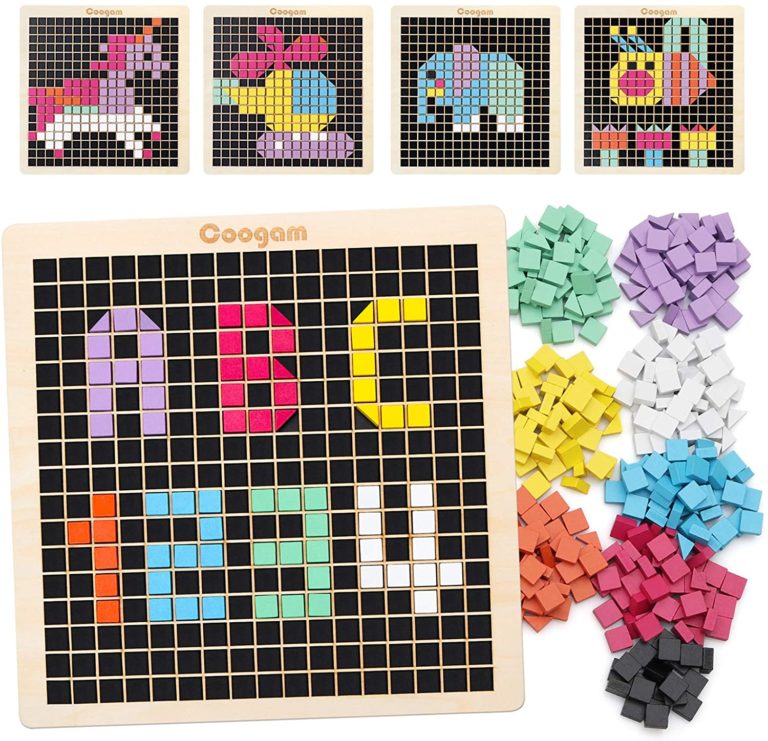
Mind Palace is a Sokoban variant where the player needs to move boxes to goal positions. I always liked puzzle games and appreciated it when a good puzzle game tries to communicate interesting ideas via puzzles, which is also something I try to put in my games. A place where people need to go and explore much more intensively, encountering unexpected and twisted images with a contrast to the conscious mind, where everything is easily accessible and to some degree understandable. It all goes with an analogy to what I think a real unconscious mind is like. Everything is gray, the space sometimes does not make sense, and it involves more exploration than puzzle solving. The second part is called, as you can guess, the “Unconscious Mind”, which is something entirely opposite to the first part. Everything is clear, and colorful and nothing surprising or unexpected happens. The first part acts as a basic game with Sokoban mechanics, not featuring any impossible space. The game itself is separated into two parts, which was something I wanted to do from the beginning. Inspiration also flowed from games like Antichamber or Manifold Garden, which do a much better job at composing the environment of impossible space. The art with impossible or “weird” geometry always fascinated me, and I tried to put parts of his art I like and the feeling I get from them in Mind Palace. The main inspiration for Mind Palace originated from art made by Dutch graphic artist M.C.

It takes away unnecessary distractions and forces me to think about the ideas these details communicate, and whether those ideas are interesting enough to be left in the game. While working on small games, I figured out that every detail I put in has to be there for a reason, otherwise it has to be removed. To me, these are all very important parts of game design and should go hand in hand. By holistic I mean everything, the visuals, sounds, programming, or even placement of objects. I look at game design as something holistic, rather than something isolated from programming or visuals. Eventually, I figured out that games allow me to communicate with people and as a bonus for me, it does not involve any of the awkward social aspects that normal communication has. I want to open up and communicate with people, but I just don’t know how. I grew up very introverted, and talking to people was and still is not my strong side.

The main motivation behind Mind Palace was to take a very personal experience and put it into a game. In this article, I will focus mainly on the game's second version. I found it to be very self-pitying, which was never my intention, so I decided to rework the whole design (levels, puzzle, and narration) from scratch. Shortly after the game jam ended, I remade the game into its second version because I was not satisfied with the puzzle design and the narration. It’s a very short puzzle exploration game that I initially made for a game jam.
#Color pixel puzzle free
In my free time, I work on small indie games, and my last published project was a game called Mind Palace. I am Matthew Chovan, a solo game programmer and designer. In this edition, Matthew Chovan, solo developer on Mind Palace explores the design and technical creation of impossible spaces in an M.C. Earlier installments cover topics such as UI and difficulty levels in Cook Serve Forever, the challenges of programming for 2D for Sweet Transit, physics-based animation in Gibbon: Beyond the Trees, and designing spatial inventories in dark fishing sim Dredge.


 0 kommentar(er)
0 kommentar(er)
